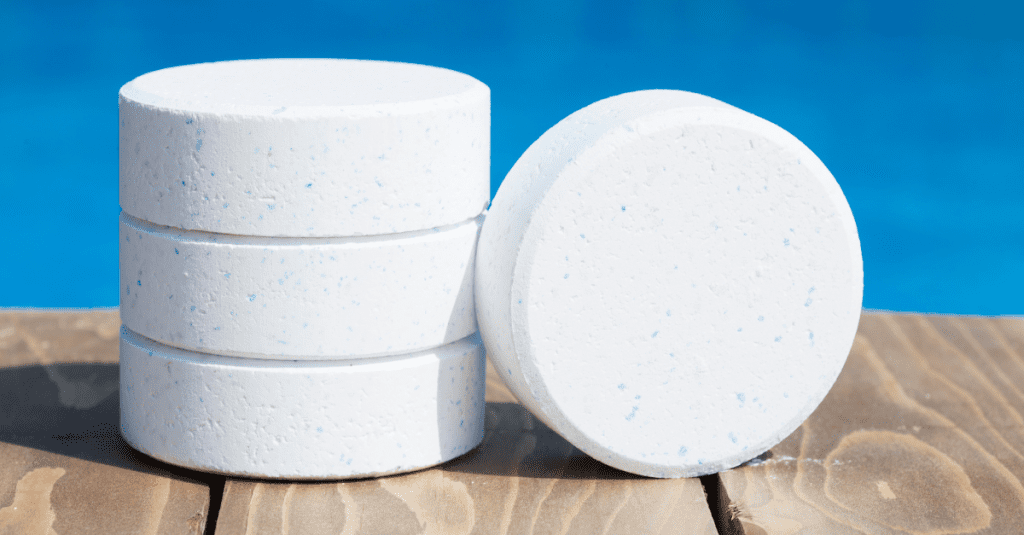It is a widely used and versatile disinfectant in water treatment, particularly effective in controlling Legionella bacteria. As a strong oxidizing agent, chlorine disrupts the bacteria’s cell wall and metabolism, making it a critical tool in preventing Legionnaires’ disease.
It effectively kills Legionella through several mechanisms:

Legionella bacteria are more active in warm water, making it particularly effective in these conditions. This heightened activity allows it to disrupt the bacteria more efficiently, ensuring safer water systems.
It is added at various stages of the water treatment process:
The amount added depends on factors such as raw water quality, system complexity, and desired disinfection levels.
It offers several advantages in Legionella control:
Despite its effectiveness, it does have some challenges:
Maintaining appropriate levels and managing potential byproducts and corrosion are essential for safe and effective use.
To optimize Legionella control follow these guidelines:
If you have concerns about Legionella or need advice on use in your water system, contact us today!
Chlorine kills Legionella by damaging the bacteria’s cell wall, disrupting its metabolism, and oxidizing essential proteins, effectively eliminating the bacteria.
Legionella bacteria are more metabolically active in warm water, making chlorine more effective in disrupting and killing the bacteria in these conditions.
Chlorine is highly effective, cost-efficient, and has a long history of safe use in water treatment, making it an excellent choice for controlling Legionella.
Chlorine can form harmful byproducts, corrode certain metals, and impart a taste and odor to water, which requires careful monitoring and management.
Maintain appropriate chlorine levels, flush stagnant water regularly, clean and disinfect systems, and monitor chlorine levels and water temperatures closely.